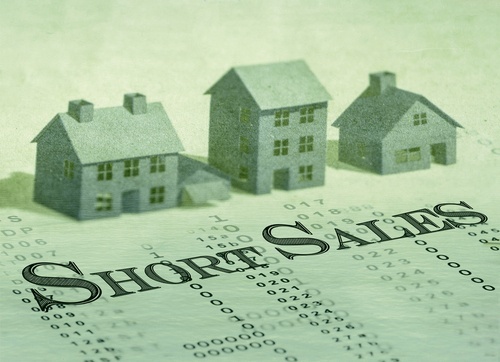Strategic Short Sale Without Hardship

The major motivation for many of the homeowners who want to choose for a short sale is that their mortgage balance has suddenly become greater than the value of their home. Actually, the homeowners owe more than their homes are worth. Instead of waiting and being forced by the bank for the short sale, these sellers have the hope to avoid paying an increased home loan and waiting for their home value to recover.
In this way, hopefully, homeowners can protect their credit rating at the same time. Most commonly talking about doing a short sale is that the sellers need to prove a hardship for the sale, but there is a number of ways to do a short sale without having a hardship. It is important to understand that there is no guarantee that a bank will accept the short sale and will release a loan under certain circumstances that involve a hardship that causes a short sale. There are lesser chances of acceptance of the short sale by the bank without a hardship. The rules vary from bank to bank and investor guidelines also vary so it can be difficult for the homeowners to close the short sale.
Is it hard to get a short sale without a hardship? There are a lot of questions that came to the mind of the homeowners when they are looking at a strategic default versus a short sale. They think about whether their lenders will help them or not. In most of the situations, lenders do not suggest the homeowners short sale their house unless they have a financial hardship. Certainly, there are a lot of things that should be considered when deciding for the short sale. Those homeowners who walk-away and they had the ability to pay the mortgage will be ineligible for a new Fannie Mae-backed mortgage loan for a period of seven years from the date of foreclosure.
Strategic short sale:-
A strategic short sale is a short sale when a homeowner is able to continue the making payments on the loans and sometimes current on the payments. In the strategic short sale there can be slight or severe hardship or it can be no hardship at all. In a strategic short sale homeowners are making a business decision to sacrifice a slighting remark on their credit report to get an upside down property off his books and decrease their debt load. Most commonly when a homeowner is doing a strategic short sale then the lender will ask the homeowner to contribute the finds to the shortage. The required finds depend on the shortage, the bank and the negotiation skills of the real estate agent.
The strategic short sale walk away:-
The motivation of those sellers who want to do a short sale is their problem that their mortgage balances are generally higher than the value of their homes. The homeowners owe more than their homes are originally worth. These sellers do not want to go through the foreclosure for a variety of reasons and they also hope to protect their credit rating. In this situation the simple solution would be to do a loan modification that reduces the principal balance below and the market value of the home. The result of this would be selling the short sale home back to its owner allowing them to stay in their home. In the process of a sort sale the sellers should sell and move on, live for rent for a few years and then buy a home that is similar to or perhaps nice than the home sellers have already had. The simple way to do a strategic short is to write a strong and honest hardship letter. Do think on this letter. Here are some of the basic steps to do a strategic short sale;
- Hire an experienced short sale listing agent.
- Talk to the lawyer who is familiar with the short sales.
- Obtain the competent tax advice about possible tax consequences on the canceled debtor in the event of a refinance.
- Price your short sale in line with the comparable sales which should be less than the mortgage.
- Assemble the paperwork requires by the short sale bank.
Alternatives to the strategic default:-
Stone says that those homeowners who want to let go of their mortgages should try to get a loan modification or reach another agreement with the lender to minimize the impact on their credit score. Homeowners should consider a deed-in-lieu of foreclosure which involves turning the property over to the lender without going through the foreclosure process. One of the alternatives is requesting a short sale when the lender allows the homeowner to sell for less than what is owed on the mortgage.